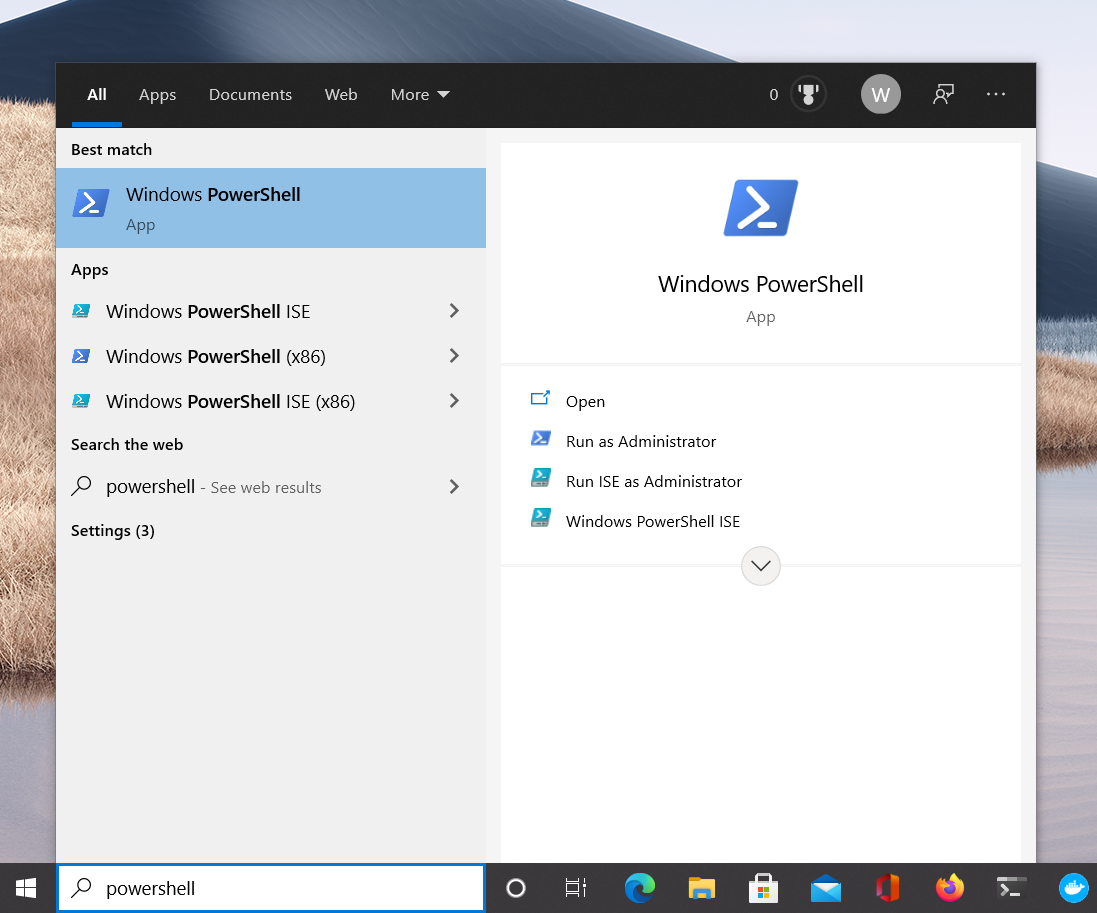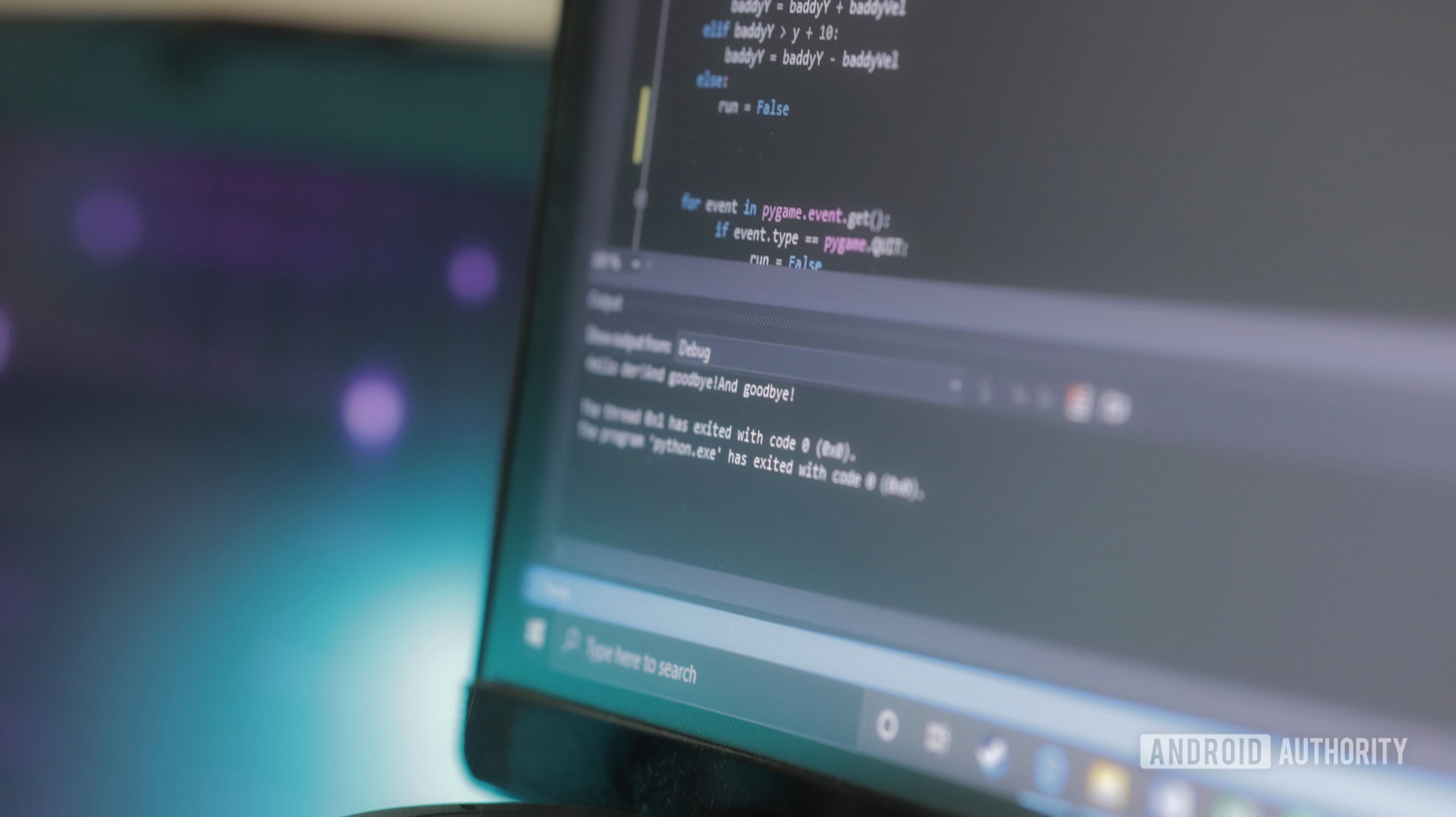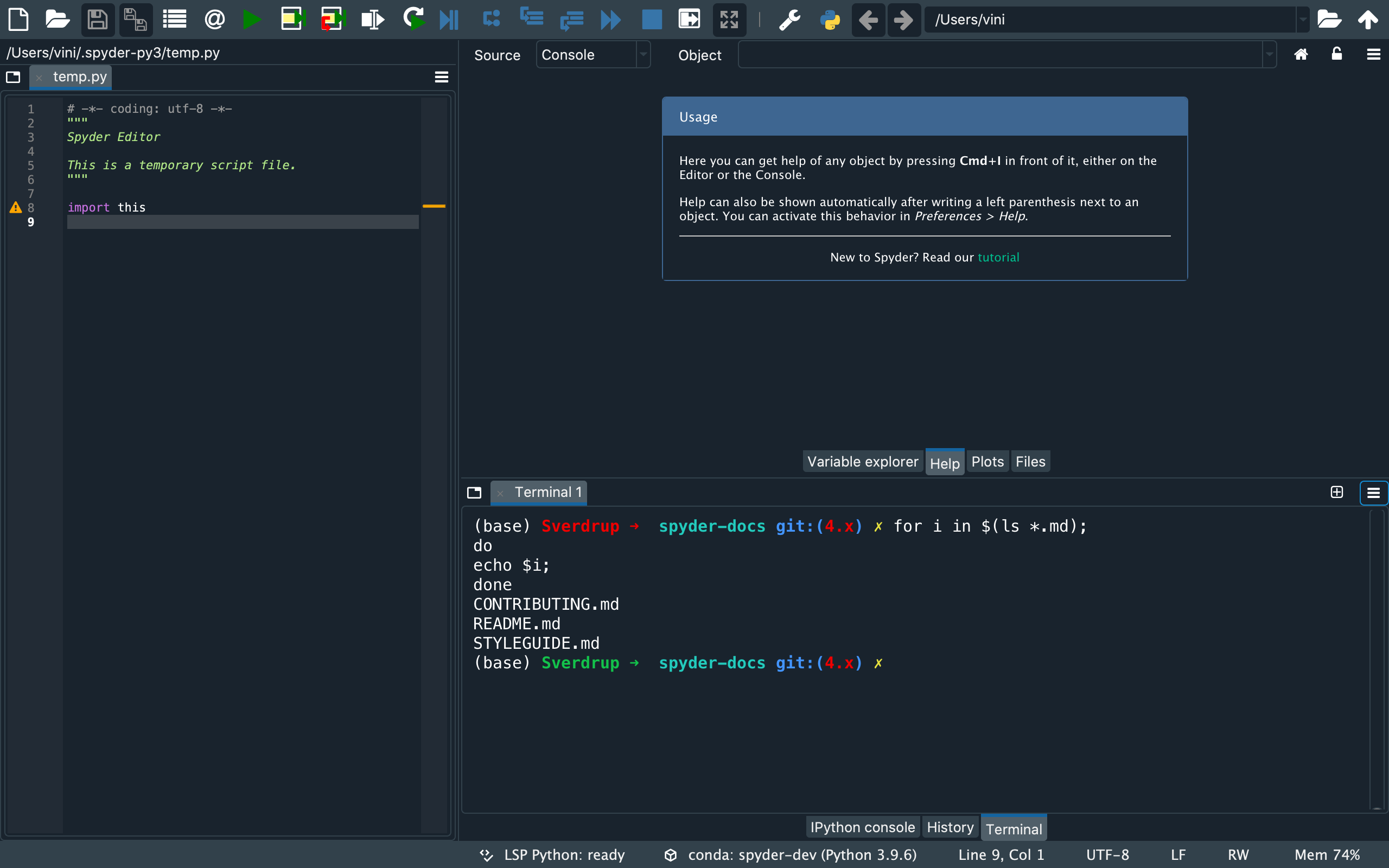

Double-click on the downloaded file to run the Python 3 installer.ģ. Download the most recent package from the Python website.Ģ. You can even run it alongside a concurrent Python 2.7 installation without affecting the version 2.7 installation.ġ. Upgrading to Python 3 on your MacĮven if it isn’t the de facto standard, you can run Python 3 on your computer today. Utilities like 2to3 make it easier to transform a Python 2 program into valid Python 3 syntax, but if you’ve ever used Google Translate, you know this won’t be perfect.

The developers have set 2020 as the final year for Python 2 support, and everyone will need to transition their programs over to Python 3 by then. However, Python 2 isn’t going to be around forever. Plus, Python 2.7.10 is pre-installed on all Macs and a number of Linux distros. Python 2 is a strong language, and only power users will get to experience the full benefit of Python 3’s new features. Even fundamental functions like print work differently between Python 2 and 3, making it non-trivial to move from one platform to another.īut why hasn’t the whole world switched over to Python 3? The main problem is that there’s a lack of compelling motivation. That means that programs written for a Python 2 interpreter won’t run on a Python 3 interpreter. However, alongside those new features, Python 3 also has a problem: it’s not backwards compatible with Python 2. They wouldn’t be totally wrong since Python 3 includes some cool new features that Python 2 does not have. Note: you need a valid SDK license as well.A naive user might think that Python 3 is better because it’s newer. put ( results, False, 10 ) except : pass barcodeScanning = Process ( target = process_barcode_frame, args = ( license, frameQueue, resultQueue )) barcodeScanning.

IPF_RGB_888 ) except BarcodeReaderError as error : print ( error ) try : resultQueue. tobytes (), frameWidth, frameHeight, frame. get ( False, 10 ) if type ( frame ) is str : break except : continue try : frameHeight, frameWidth, channel = frame. update_runtime_settings ( settings ) while True : results = None try : frame = frameQueue. init_license ( license ) settings = reader. Reader = BarcodeReader () # Apply for a trial license: From dbr import * from multiprocessing import Process, Queue def process_barcode_frame ( license, frameQueue, resultQueue ): # Create Dynamsoft Barcode Reader


 0 kommentar(er)
0 kommentar(er)
